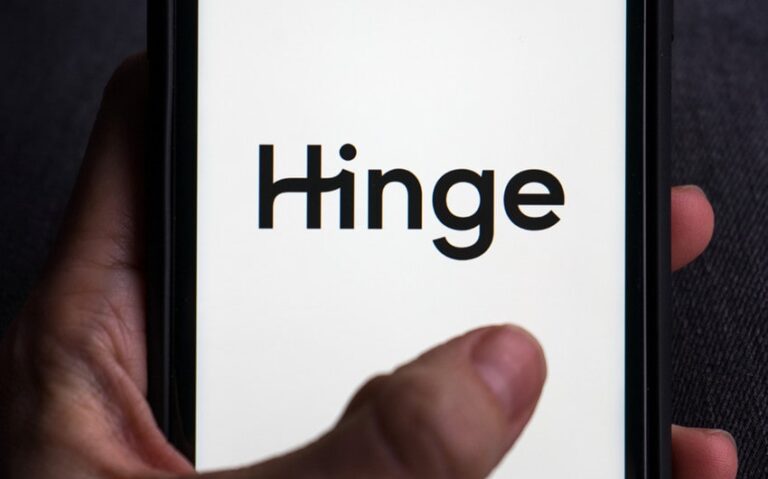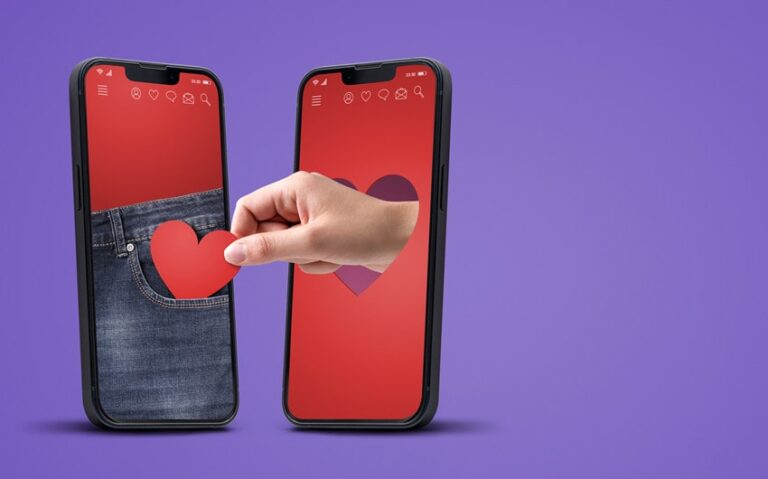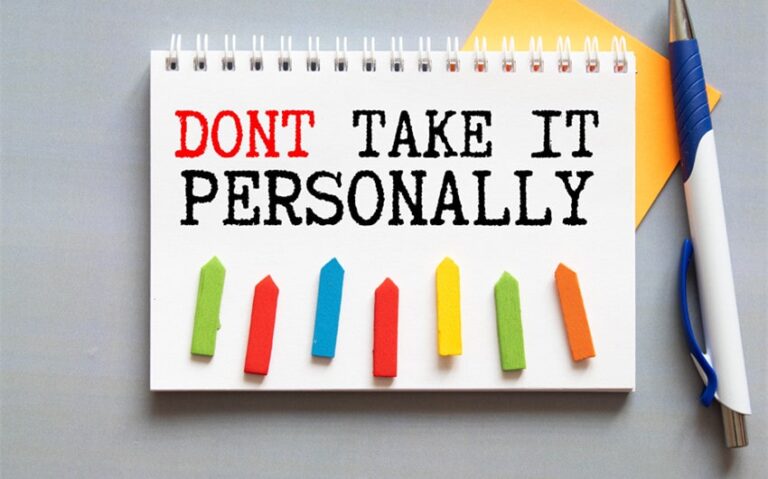7 Real Tips for How to Accept an Apology With Peace
Someone says “I’m sorry,” but you’re still hurting—or unsure how to respond. We’ve all been there. Whether it’s a friend, partner, or coworker who apologizes, knowing how to accept an apology can feel surprisingly complicated. Do you forgive right away? Do you need more time? Is the apology even sincere?
These moments can stir up all kinds of emotions, and there’s no one-size-fits-all answer. But learning how to navigate them with honesty and self-respect can help you move forward with clarity and peace. If you’ve ever felt stuck after hearing “sorry,” this guide is here to help.
1. Understand the Importance of Accepting an Apology

Accepting an apology isn’t just about being polite—it plays a crucial role in emotional healing, for both you and the person who hurt you. When someone apologizes, it’s a recognition that something went wrong, that harm was done. By accepting that apology—when you’re ready—you’re acknowledging the moment, rather than pretending it didn’t happen. It creates space for clarity, accountability, and closure.
Importantly, accepting an apology doesn’t mean you’re instantly okay or that the relationship is fully repaired. It’s not the same as forgiveness, and it definitely doesn’t mean forgetting. Acceptance is about acknowledging the apology without dismissing your own experience. It allows you to release some emotional tension and choose your next steps from a grounded place.
It also benefits your own emotional well-being. Holding onto anger or resentment can weigh you down over time. Accepting an apology—when it’s sincere—can be a first step toward letting go of that heaviness. It’s not about making the other person feel better. It’s about reclaiming your peace and regaining control of your emotional space.
Whether you’re ready to reconnect or just want to move on, understanding the value of acceptance helps you approach the situation with intention—not obligation.
2. Check In With Yourself First
Before you even think about responding to someone’s apology, take a moment to pause and check in with yourself. How are you really feeling? Are you still hurt, angry, or confused? Do you feel ready to even hear them out—or do you need more time? Accepting an apology when you’re not emotionally ready can feel forced and may even add to your frustration.
Give yourself space to process the impact of what happened, especially if the situation was painful or complicated. You don’t owe anyone an immediate answer. It’s completely okay to say, “I need a little time to think about this,” or “I appreciate the apology—I just need a moment to reflect.”
Self-awareness is key here. Ask yourself:
-
Am I ready to accept this apology without resentment?
-
What would help me feel heard or validated?
-
Do I want to restore the relationship, or simply find closure?
By checking in first, you can respond from a grounded place rather than from pressure or emotional overwhelm. This step honors your emotions and helps you set a tone of clarity and self-respect from the start.
3. Assess the Sincerity of the Apology
Not all apologies are created equal. Some are heartfelt and genuine—others are vague, dismissive, or even manipulative. Before accepting any apology, it’s important to assess the sincerity behind it.
A sincere apology usually includes:
-
A clear acknowledgment of what was done wrong
-
Taking responsibility without deflecting or making excuses
-
A show of empathy for how you were affected
-
A willingness to make amends or change behavior
If someone simply says “Sorry if you felt that way” or “I guess I did something wrong,” that’s not really an apology—it’s a dodge. These kinds of statements often shift the blame onto you or minimize the harm done. On the other hand, a sincere apology might sound like:
“I realize I hurt you when I said that, and I take full responsibility. I understand why you’re upset, and I want to do better.”
Listen closely to the language and the tone. Do they seem open and humble—or defensive and rushed? Are they more concerned with your feelings or with ending the discomfort?
Trust your instincts. If something feels off, it’s okay to wait or even ask for clarity. Accepting an apology doesn’t mean ignoring red flags—it means responding from a place of awareness and emotional honesty.
4. Respond Calmly and Clearly

Once you’ve taken the time to process your emotions and assess the sincerity of the apology, the next step is to respond—calmly and clearly. This doesn’t mean you have to be overly cheerful or pretend everything is fine. It simply means expressing your thoughts with honesty and respect, without letting anger or resentment take over the conversation.
Even if you’re still hurting, a composed response helps prevent the situation from escalating again. Take a deep breath and focus on what you do want to communicate. You can acknowledge the apology without minimizing your experience. For example:
“I appreciate your apology. That really hurt me, and I’m still working through how I feel about it.”
Or:
“Thank you for saying that. I needed to hear it. I’m not quite ready to move forward yet, but I recognize your effort.”
Being clear is just as important as being calm. Let the other person know where you stand—without sugarcoating or sounding unsure. You’re allowed to hold space for your emotions while still being gracious. A thoughtful response doesn’t mean sweeping your feelings under the rug—it means you’re choosing peace and clarity over conflict and confusion.
5. Set Boundaries if Needed
Accepting an apology doesn’t mean everything goes back to the way it was. In some cases, especially if trust was broken or a pattern of hurt exists, you may need to set clear boundaries moving forward. This is a healthy and empowering way to protect your emotional well-being.
Boundaries aren’t about punishment—they’re about clarity. You might need time, space, or a change in behavior before you feel comfortable again. And that’s okay. For instance, you might say:
“I accept your apology, but I need some time before we reconnect.”
Or:
“Thanks for your apology. I’d like us to rebuild trust slowly, and here’s what that looks like for me…”
Boundaries could involve limiting certain conversations, reducing how often you interact, or asking for specific changes. The key is to communicate them directly, respectfully, and confidently.
Remember: You have every right to accept an apology and still protect yourself. Setting boundaries ensures that your emotional health is prioritized—not just in that moment, but in the relationship going forward.
6. Decide Whether or Not to Forgive
Forgiveness is a deeply personal decision—and contrary to popular belief, it’s not always immediate, and it’s never required. You can accept an apology, acknowledge the effort someone made, and still take your time (or choose not) to forgive. The key is to recognize that forgiveness is a process, not a moment.
Some people find that forgiving brings a sense of peace and freedom—it allows them to release resentment and move on emotionally. For others, especially in cases of repeated hurt or serious harm, forgiveness may feel too soon, or not aligned with their healing. Both are valid.
Ask yourself:
-
Do I feel emotionally ready to forgive?
-
Am I doing this for my own peace, or out of pressure?
-
What would forgiveness look like for me in this situation?
It’s also helpful to understand that forgiveness doesn’t always mean reconciliation. You can forgive someone for your own sake and still decide that they no longer have a place in your life. Forgiveness is about freeing yourself, not excusing the harm or inviting more of it.
In short: forgive when and if you are ready—not because someone else expects it, but because it feels like the right step on your own healing path.
7. Practice Emotional Release and Move Forward

Even after accepting an apology—and possibly forgiving—it’s normal to feel lingering emotions. Hurt, confusion, sadness, or even doubt can still show up. That’s why it’s so important to practice emotional release as part of your healing process.
This doesn’t have to be complicated. Emotional release can take many forms, depending on what works for you:
-
Journaling your thoughts and feelings about the situation
-
Talking to a trusted friend, therapist, or mentor
-
Meditation or mindfulness to ground yourself in the present
-
Physical movement (like yoga or a walk) to let go of tension
-
Even crying can be a healthy release—don’t hold it in if it needs to come out
The goal isn’t to forget what happened, but to process it fully so it doesn’t linger or grow heavy inside you. This release allows you to move forward—whether that means rebuilding the relationship, redefining it, or simply closing that chapter.
Progress may not be linear. Some days will feel easier than others. What matters is that you’re creating emotional space for yourself—not holding onto pain just because it feels familiar. Healing takes time, and moving forward doesn’t mean rushing through it. It means choosing your peace, one step at a time.







